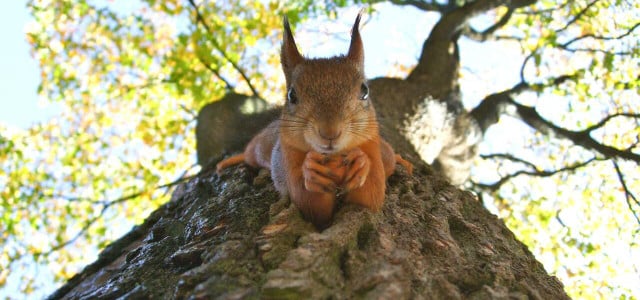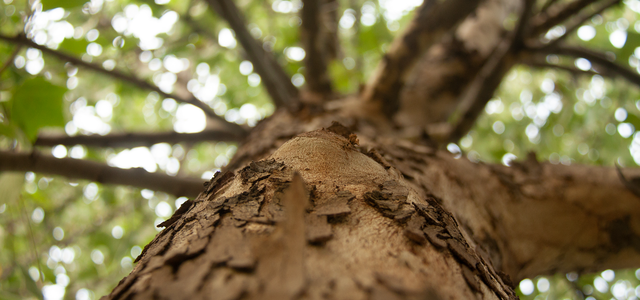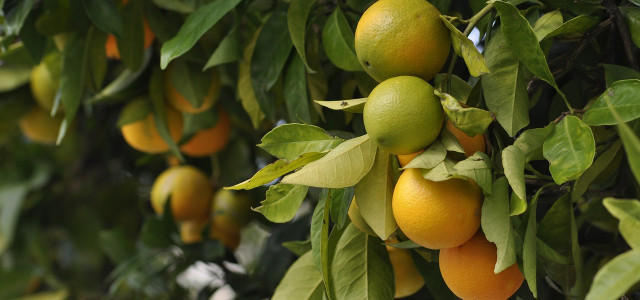Knowing the basics of tree bark identification can teach us a lot about our environment. Here is your beginner's guide to tree identification.
A tree’s bark protects its trunk and helps it live a long life in its natural habitat. Some trees have chemicals in their bark to repel certain fungi and insects that could harm their survival. At the same time, many barks have deep cracks and fissures that provide a safe haven for a wide range of insects.
Tree bark contributes to a forest’s ecosystem and its biodiversity by providing food and shelter to organisms that coexist with the tree. As a result, tree bark might rightly be considered one of a forest’s most important hidden strengths.
Tree Bark Identification Tips



(Foto: CC0 / Pixabay / 3938030)
There are many patterns, textures, and other qualities to look for in bark. To identify a tree by its bark, you’ll need to look closely and pay attention to small details. Slight variations in color and texture can be detected with careful observation — and gets easier the more you do it!
The surface of bark can be smooth, have deep ridges, or be an interesting mix of different textures. Here are some interesting facts to remember the next time you’re out for a hike or a stroll among the trees.
- When trees get older, their bark shows indications of aging. In a way, it’s very much like our own skin.
- Sometimes, you can see a difference in bark texture at the base of a tree and toward its crown.
There are lots of unique characteristics that give you clues what tree species you’re looking at. Here are a few things to consider that will help with tree bark identification.
1. Smooth, Unbroken Tree Bark



(Foto: Smooth bark makes young trees easier to identify and prevent unwanted insect infestation.)
The bark of young trees is usually smooth and unbroken. As they mature, trees’ bark becomes rougher, coarser and more cracked. Only a few regionally specific trees, like the American beech and the red maple, maintain their smooth bark throughout their entire lifespans.
By retaining their smooth bark, trees can prevent unwanted climbing plants and insects from creating a home on them. The wrong plants and insects can burrow into a tree’s trunk and weaken it over time, eat all of its leaves, and even lead to disease and early death.
2. Identify Trees By Their Lenticels



(Foto: CC0 / Pixabay / BldrJanet)
Lenticels, or breathing holes, facilitate the exchange of oxygen and carbon dioxide between the atmosphere and living cells in a tree’s bark. Lenticels are present in every single tree’s bark, though some of them are more noticeable than others.
A tree’s lenticels have a special, easy-to-identify shape that can easily aid in tree bark identification. For example, pores on cherry tree and birch tree bark appear as clear horizontal lines. In contrast, other trees have circular, oval or diamond-shaped lenticels — like the ones found on the bark of the big tooth aspen.
3. Horizontal Slivers of Peeling Bark
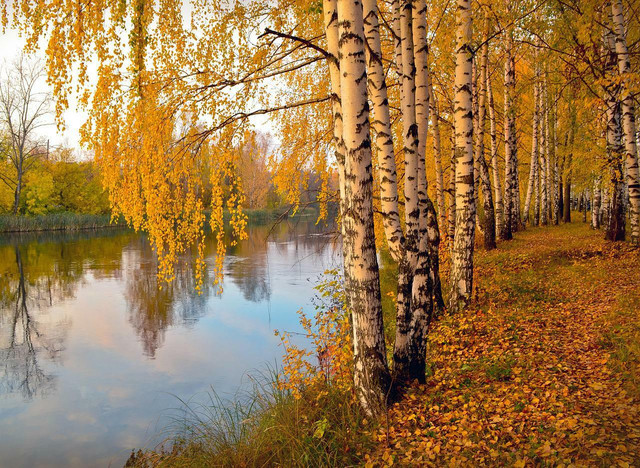


(Foto: CC0 / Pixabay / mobinovyc)
One thing you may notice as you learn how to identify trees is that some bark looks like it’s peeling. It is common for certain tree species’ bark to get pushed out by their developing wood, since wood sometimes grows too fast for bark to keep up.
Certain species have exterior cork that breaks down and peels away under stress, though this isn’t always the case. Thin, peeling layers of bark are most common on the river birch, which is deciduous, and the American sycamore, two of the most prolific peeling tree species. Keep an eye out for layers of bark peeling away in horizontal, curling strips.
4. Furrows and Deep Ridges
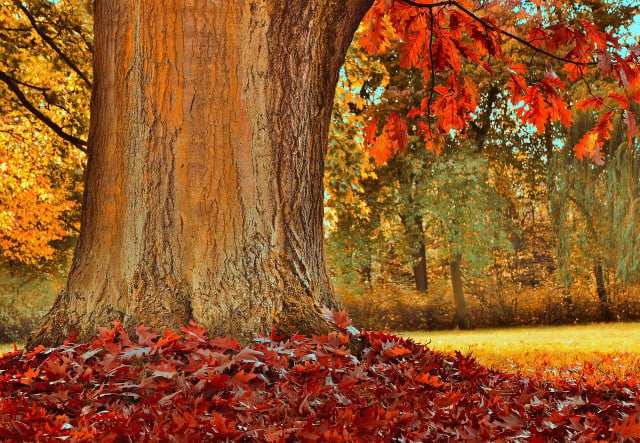


(Foto: CC0 / Pixabay / Peggychoucair)
The most common characteristic of tree bark is ridges and furrows. These markings are due to rhytidomes, which are visible holes in a tree bark’s outer layers.
Ridges and fissures of varying lengths and depths look different depending on the tree species, and their shape may be able to help you identify what tree you’re looking at. Certain types of white ash have ridges and furrows that fuse, for instance.
One exception is the northern red oak tree which has entirely straight ridges that span vertically from the tree’s base to its top. The opposite can be seen in the ridges of white oak, which are divided horizontally.
5. A Rainbow of Hues
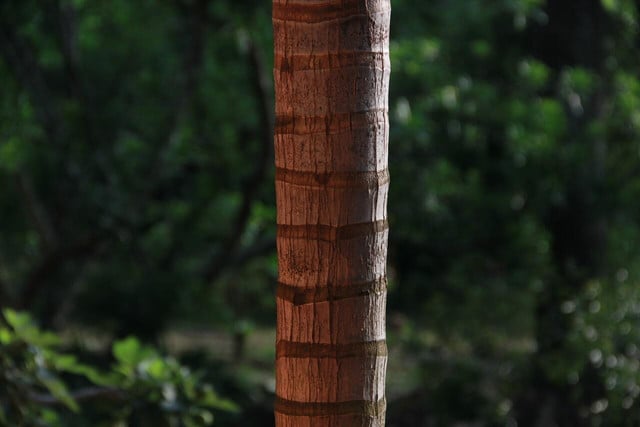


(Foto: CC0 / Unsplash / Viviane Okubo)
Color, shades, and hues are all distinctive features of tree bark that aid in tree bark identification. Chemical components in bark reflect and absorb specific wavelengths of light, resulting in hues ranging from white or silver and light gray, or warm tones of orange or brown. A tree’s color naturally changes as it ages and its bark thickens.
Here are a few examples of the colors that you can expect from some beautiful North American tree species.
- Oak trees have a light gray bark, some oaks can have are reddish brown in color.
- Beech trees have a dark gray to black bark. Younger trees can even look silver.
- Black cherry and black walnut trees are also a deep, reddish brown.
- The mulberry tree has bark that is similar in color to cinnamon.
- Birch trees are a bright, pure white.
- The aspen tree has a greenish-white tinge to its bark.
- Finally, the paperbark maple is a strong shade of copper.
6. Scales or Plates
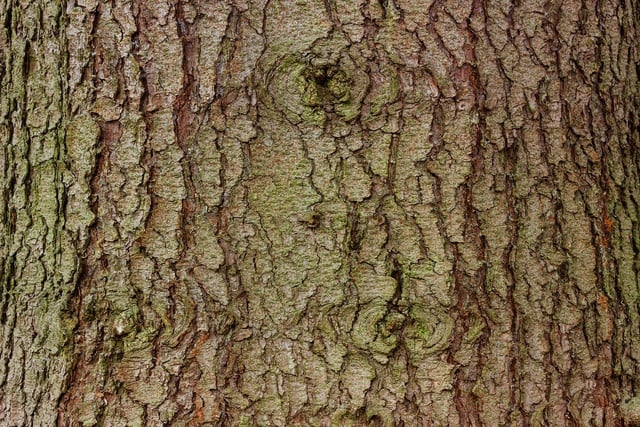


(Foto: CC0 / Pixabay / fotoblend)
You can identify some trees by their rhytidome cracks, which resemble plates or scales rather than ridges. Unlike pine and spruce trees, the black birch, for example, has broad and uneven plates on its trunk.
Evergreen bark, like that of pine and spruce trees, has broad, flat plates thought to resemble burnt potato chips. Meanwhile, the bark of flowers dogwood and persimmon trees crack into plates and scales that resemble alligator skin.
7. Distinctive Qualities and Traits to Help With Tree Bark Identification
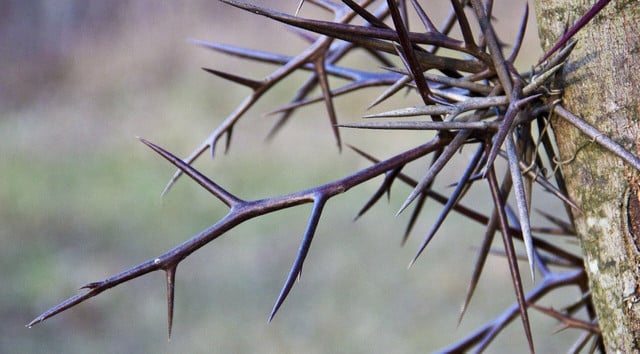


(Foto: CC0 / Pixabay / SparrowsHome)
Besides ridges and lenticels, color, and peeling layers, some tree species also display unusual growths on their bark — such as fungi or thorns.
For example, wild honey locust trees have massive crimson thorns on their trunk and branches that are extremely painful to touch. The thorns usually have three prongs, although they can have more, particularly closer to the trunk. They look like spines and can grow to reach three inches in length, making these trees easy to identify.
8. Identify Trees By Smell



(Foto: CC0 / Pixabay / azboomer)
Another indispensable tip for tree bark identification is that it’s can be really easy to identify trees by smell — just take a sniff of their bark! The ponderosa pine, for example, can smell slightly of butterscotch or vanilla, and the sassafras can smell like spicy, cinnamon-like rootbeer. Essential oils made to mimic the smell of trees have been long been available in cosmetics, perfumes and car fresheners.
Learning how to identify trees can be relaxing and get you in touch with nature and your surroundings. But if you’d like a shortcut, there are a growing number of helpful free tree identification apps to try as well as free plant identifier apps.
Read more:
- How to Grow a Lemon Tree from Seed – Step by Step
- Money Tree Propagation: 2 Methods and Tips
- Pine Tree Needles: How to Collect & Use Them
Do you like this post?






